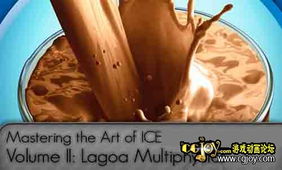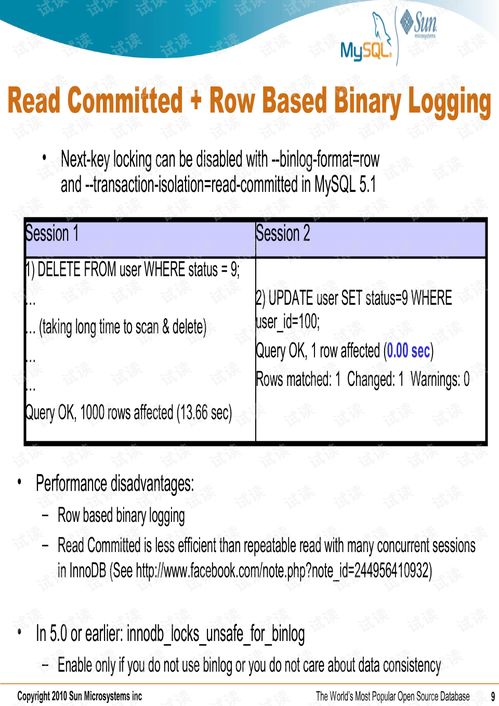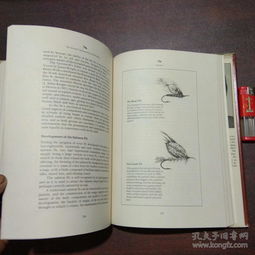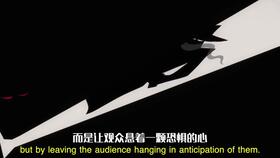Content:
Fishing has always been a popular pastime, and one of the most exciting methods to try is sea rod fishing. Whether you are a seasoned angler or a beginner, mastering the art of sea rod fishing can be a rewarding experience. In this article, we will discuss the essential techniques for successful sea rod fishing in a fish pond.
First and foremost, selecting the right equipment is crucial for a successful fishing trip. The following are some of the essential items you will need:
Sea rod: Choose a rod that is suitable for the type of fish you are targeting. For fish pond fishing, a medium to heavy-action rod is recommended. Ensure that the rod is durable and has a good backbone to handle the fight.
Reel: A spinning reel is the most common choice for sea rod fishing. It allows for smooth casting and retrieving, making it ideal for fish pond fishing.
Line: Use a monofilament line with a breaking strength that matches the size of the fish you are targeting. A line with a breaking strength of 8-12 pounds is suitable for most fish pond species.
Hooks: Select hooks that are appropriate for the type of bait you are using. For example, if you are using live bait, use a size 4-6 hook. For artificial lures, use a size 2-4 hook.
Bait or lures: Live bait, such as worms, minnows, or crickets, can be effective for catching fish in a pond. Artificial lures, such as spinners, spoons, and crankbaits, can also be used to attract fish.
Now that you have the necessary equipment, let's discuss some essential techniques for successful sea rod fishing in a fish pond:
Choose the right spot: Look for areas with dense vegetation, rocks, or other structures that provide cover for fish. These areas are often hotspots for fish, as they offer protection and food sources.
Cast effectively: Practice your casting technique to ensure that your bait lands in the desired location. A gentle, accurate cast is crucial for successful fishing. Experiment with different casting methods, such as the overhead cast or the sidearm cast, to find what works best for you.
Adjust your lure or bait: Depending on the fish species and the conditions, you may need to adjust your lure or bait presentation. For example, if the fish are actively feeding, try a faster retrieve. If they are more cautious, a slower, more subtle approach may be more effective.
Be patient: Fish pond fishing can be a waiting game. Be patient and give your bait time to attract fish. If you don't get a bite after a few minutes, try changing your lure or moving to a different location.
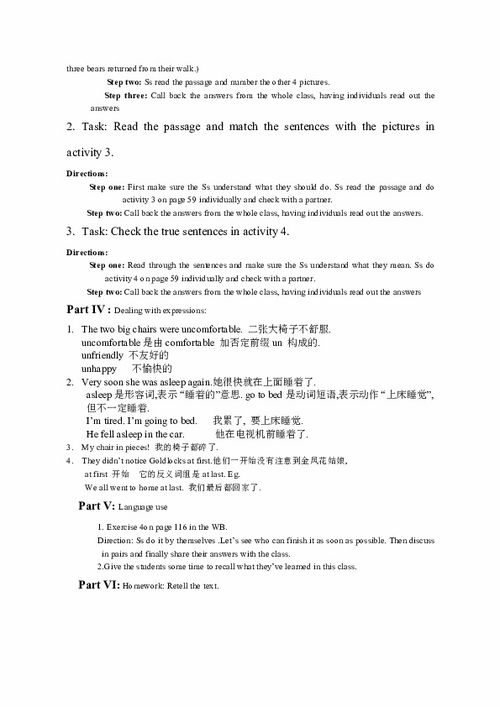
Read the water: Pay attention to the water's surface and behavior. Fish often exhibit specific patterns, such as rising to the surface or staying close to the bottom. Observing these patterns can help you determine the best techniques to use.
Keep your equipment clean and well-maintained: Regularly clean your hooks, lines, and reels to prevent snags and tangles. This will ensure that your equipment is in good working condition and that you can focus on catching fish.
In conclusion, mastering the art of sea rod fishing in a fish pond requires the right equipment, techniques, and patience. By following these tips and practicing your skills, you can increase your chances of a successful fishing trip. Happy fishing!
